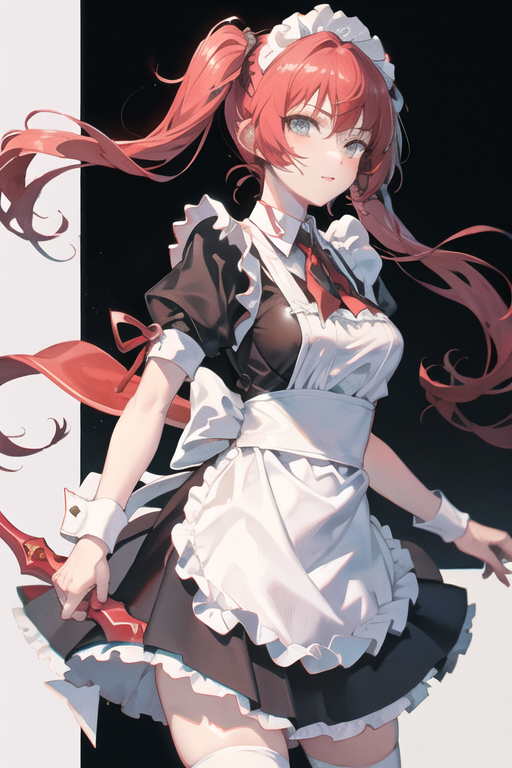Izumi’s English Literature Essays [Page is Under Construction]
Izumi likes to read but she’s not a good writer, nor does she care about being a good writer therefore takes her ideas with a pinch of salt.
Izumi’s literature essay writing tips
An essay requires an Intro, Three Middle Paragraphs,
Introduction:
This is an introduction to your ideas, not an introduction to the text or the background of the text. You have to introduce or explore the ideas of the question. Then, come up with a clear one-sentence direct response. This is a called Thesis. The key argument of the essay.
Funnel-shaped structure for Introduction. Start with a big overall idea. Look at two small ideas which are a bit of a debate. End with your thesis. The thesis is the main point of yours. The word Essay comes from French and means to trial out an idea. The idea you are trialing out is your thesis.
Signposting: Listing what the body of the essay will talk about. The last sentence of your intro should be your thesis, your main argument.
The Thesis: Focus on the message or the meaning, the ultimate reason behind the piece of literature. Why they make it? What did they want to show?
For Middle PETAL/PEDAL:
- Point
- Evidence
- Technique/Device
- Analysis
- Development — Alternative interpretation, extra evidence or context
- Link — link back to but expand upon your original point. Link back to the thesis.
Explanation:
- Point: Start the paragraph with a Point/Topic Sentence. Never put quotes in the topic sentence. How to come up with Points? Break up your thesis into three points. Each point for each mid-paragraph. Break the thesis down into three different angles. Not repeating. Three very different ideas. Not repeating quotes. Not repeating context. Start paragraph with Topic sentence. E.g Nicholas has a positive relationship with her mother, thought the mother is protective she does also know when to allow her daughter to become independent.
- Evidence: Describe the quote and introduce it before you put in the quote. Embed the quote within the description.
- Technique/Device: Try not to put techniques in your point. Don’t make your point into a technique. Your point has to be an idea… It’s fine to use the technique to make the point.
- Analysis: Explain the effects of the technique, and explain why they’re used. Form, Structure and Language? Go to Form points like Characterisation before going into Language. Use context to reinforce the point.
- Development: If you’re confident present an alternative perspective in the third paragraph.
- Never do more than four PETAL paragraphs. Never do less than three.
On Paragraph length
- If you’re hand-writing paragraphs, a good rule of thumb is for paragraphs that are three-quarters to a page long. Half a page long is the minimum length.
- Limit paragraphs to six to eight sentences.
- The intro and conclusion should be about half the size of the middle paragraphs (3-4 sentences long).
Conclusion:
Summarise all your ideas. At least one sentence. Two to three would be fine too. Read back over the essay…Find the most intelligent points. Boil that down and condense it to two to three sentences. Thesis modification: Take your thesis in the intro and refine it and adjust it in the conclusion. Restate the highlights of your essay. You can also slightly modify the thesis, what you said originally.
In total, the essay should be 3 pages on average, minimum 2 and a half pages, maximum 4 pages. Zoom into the quotation.
How to make a Quote Bank?
Forty to fifty quotes in a list. Each quote is one to eight words. Occasionally longer than that. Don’t bother with longer than 8 cause you won’t remember.
Separately start picking quotes at random and writing loads of analysis of them. Link to context, link to techniques, link to writer’s intention.
General Points
Do not retell the story. Only describe to make a point.
Analyze: How? Why? Message? Meaning?
Talk about the writer’s intention, not about the characters as if they are real.
Modern vs Contemporary Audience Interpretation
Highlight the text
Read a dictionary of Literary Terms.
Avoid Feature Spotting: That is pointing out techniques used without mentioning their effect, their meaning, and why they are used in that particular moment.







